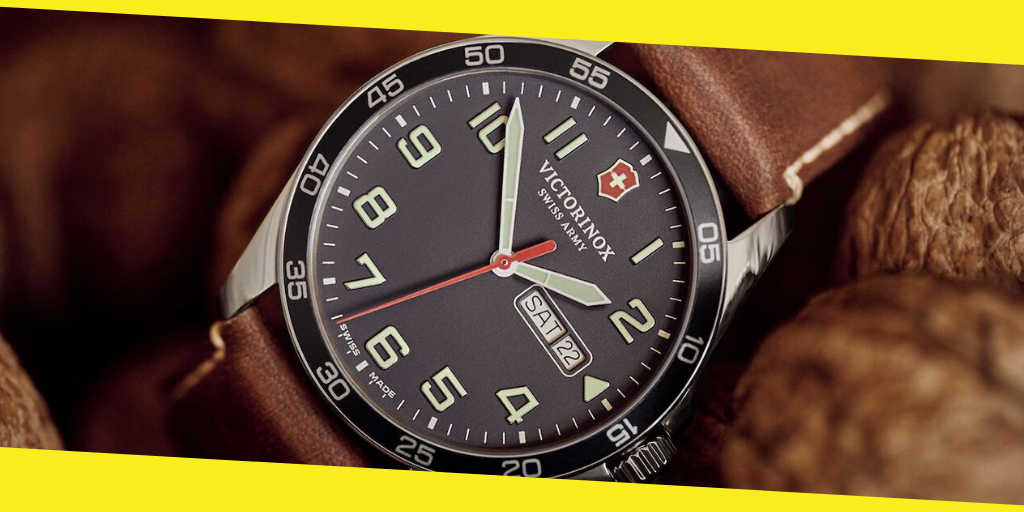A Watch Is A Watch – Right? Not So My Dear Watson!

I’m not going to kid you here. We all know that you can pick up a watch that’s kind of accurate for $29. It’ll last a year or two, then something will break the so-called crystal, the part that holds the band, or it’ll just stop keeping decent time.
Imagine if you will the factory that makes that $29 watch. I see a huge box of generic watch works, all enclosed in plastic, and there are several members of a team assembling the pieces. One member puts the works in the case; another attaches the “crystal,” and a third attaches the band; finally, someone places the watch in a “plastic” case.
The above does not describe the Patek Philippe factory in Switzerland. Also, the watches made in the generic watch factory are not Calatravas, one of the “stars” of the Patek Philippe collection. You know, the team that puts together those inexpensive watches can probably manufacture several hundred or more in one day. The Swiss company only makes from ten to several hundred of each model of its watches. Then the design is “retired.”
So, next, you’re saying, “Do you know how much a Patek Philippe Calatrava costs?” I do. Swiss watches are expensive. Consider this though – many women of modest means are wearing a ring or bracelet with a value of six figures. Think about it, and you’ll know I’m right. Sure, a Patek Philippe Calatrava is expensive, but the watch will last a lifetime-two lifetime or more. Buy a $29 watch or a $290 watch, and the value drops significantly once it’s out of the box. The Calatrava will keep its value, and it may even appreciate it through the years. It’s practically a museum piece brand-new.
The Patek Phillipe Company holds over 80 patents for fine timepieces. It isn’t shy about showing the world why its timepieces are so accurate and beautiful. On its website, outlined are many of its “secrets” of fine watch making. It really doesn’t matter that these methods of manufacture are exposed. Most companies will not put in the effort, the craftsmanship, or the fine components that comprise a Patek Philippe or a Patek Philippe Calatrava.
Perhaps you’re not aware of the importance of accurate timekeeping. Since this company was founded in 1839, a brief history lesson is not such a digression. Before clocks were spring-wound, and depended on pendulums, deducing longitude accurately was impossible. Seafaring, therefore, proved a dangerous undertaking. Leaping forward, imagine the benefits of an accurate watch before the advent of electronics or GPS aboard a ship.
Patek Philippe and the Calatrava models are fine instruments that can be handed down. In the Sherlock Holmes story A Sign of Four, Watson hands over to Holmes his gold watch to see what the detective might deduce from its appearance. “Jewelry usually descends to the oldest son,” says Holmes-then he proceeds to give the history of Watson’s older brother just from the appearance of the watch. Now, this is a bit of hyperbole to be sure, but the tradition of handing a watch down to sons or daughters should not be abandoned. The idea of handing over a precision and beautiful timepiece with a family history is appealing. If one is in a position to do so, why not?
Now, I promised at the beginning of this article that I wasn’t trying to kid anyone. Not everyone reading this can afford to purchase a Patek Philippe Calatrava, but if you can, the idea has some merit.
Recommended For You
Is a Persian Rug an Investment?
Most Inside
Most Inside offers high-quality recommendations and valuable updates to enhance all aspects of your life, providing premium guidance and enriching experiences.




